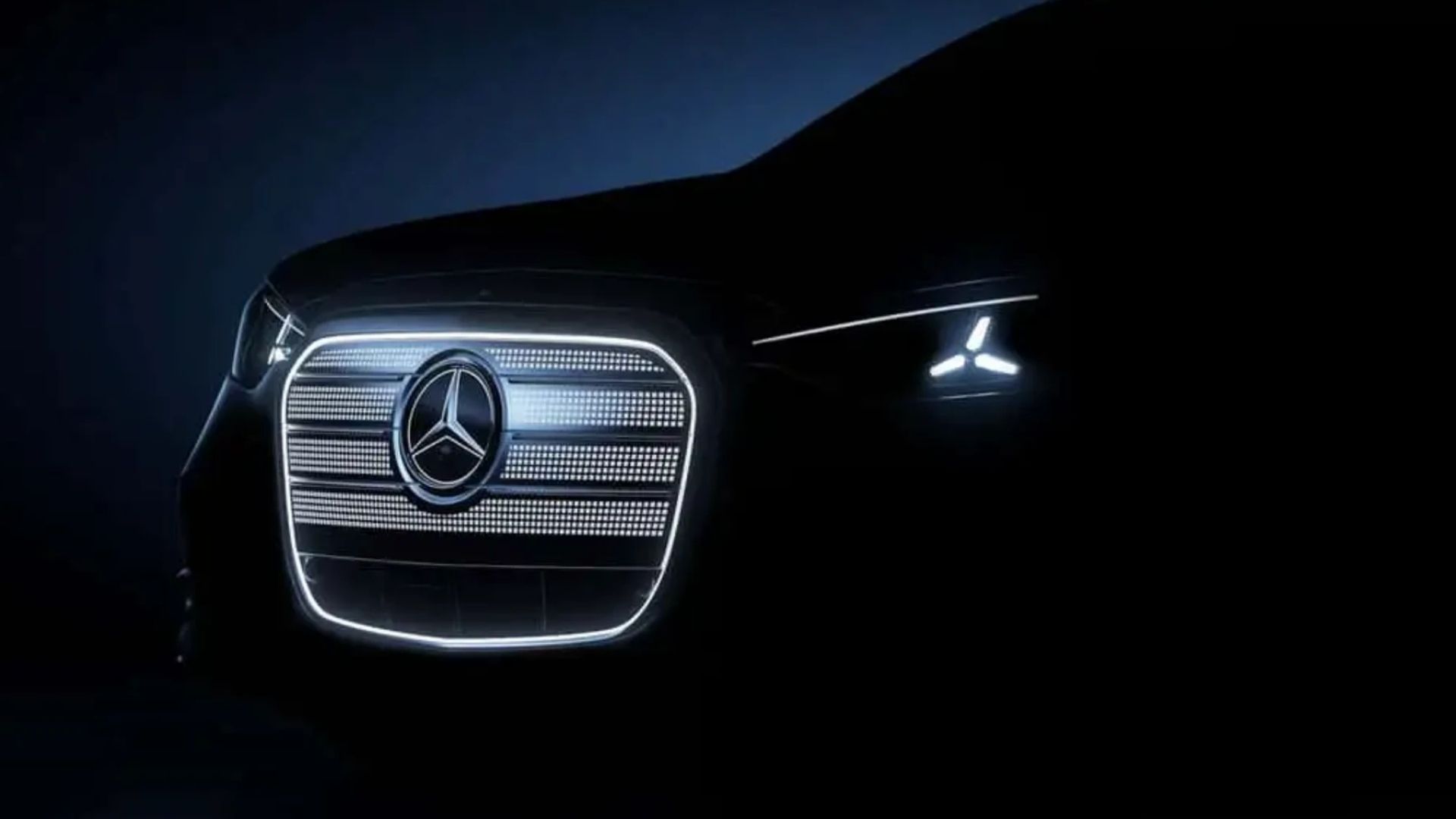The global automotive industry is accelerating toward a future where electric vehicles (EVs) can outperform traditional internal-combustion cars in range, efficiency, and practicality. One of the most promising breakthroughs in this journey is solid-state battery technology. Unlike today’s lithium-ion packs that rely on liquid electrolytes, solid-state batteries use solid electrolytes, offering the potential for higher energy density, improved safety, and faster charging.
Mercedes-Benz has now taken a major step in bringing this innovation closer to reality. Partnering with U.S.-based Factorial Energy, the German automaker tested a prototype EQS sedan powered by solid-state cells. The results were remarkable: the luxury EV traveled 1,205 kilometers (749 miles) on a single charge from Stuttgart, Germany, to Malmö, Sweden, and still had 137 kilometers (85 miles) of range remaining.
The Test Drive: Stuttgart to Malmö
The real-world test began in Stuttgart, Germany, and ended in Malmö, Sweden. The EQS traveled via major highways, including the A7 and E20, across Germany and Denmark before reaching southern Sweden. Importantly, the journey was completed entirely on asphalt roads without the use of ferries, further proving the capability of the technology in normal driving conditions.
Mercedes employed its in-house Electric Intelligence navigation system to plan the route. This tool factored in real-time elements such as:
-
Road topography
-
Traffic patterns
-
Outside temperature
-
Energy consumption for climate control and onboard systems
While Mercedes did not disclose the exact average speed or total driving time, the fact that the test was carried out primarily on highways makes the achievement especially noteworthy. Highway driving usually drains EV batteries faster due to higher and more consistent speeds.
Summary Table
Feature |
Details |
|---|---|
Vehicle |
Prototype Mercedes-Benz EQS |
Battery Technology |
Factorial Energy FEST solid-state lithium-metal cells |
Route |
Stuttgart (Germany) – Malmö (Sweden) via A7 and E20 highways |
Distance Covered |
1,205 km (749 miles) |
Remaining Range |
137 km (85 miles) |
Potential Max Range |
1,342 km (834 miles) |
Energy Increase |
~25% more usable energy vs. standard EQS battery |
Cooling Method |
Airflow only (no liquid cooling) |
Development Partners |
Factorial Energy, Mercedes-AMG High Performance Powertrains |
Production Target |
Late 2020s / by 2030 |
Official Source |
Mercedes-Benz Media Release |
Official Link |
Battery Technology: Factorial’s FEST Cells
At the heart of this achievement is the Factorial Electrolyte System Technology (FEST) developed by Massachusetts-based Factorial Energy. These lithium-metal solid-state cells provide about 25 percent more usable energy compared to the standard lithium-ion battery currently found in the EQS sedan. Remarkably, this gain in capacity does not come with increases in battery weight or size, keeping the vehicle’s balance and handling consistent.
Key technical highlights include:
-
Energy Density: Higher energy storage within the same footprint.
-
Pneumatic Support System: Actuators maintain stable pressure inside the battery, counteracting volume changes during charging and discharging.
-
Cooling Advantage: The battery relies on airflow for thermal management instead of complex liquid-cooling systems.
-
Safety: Solid-state electrolytes are more stable and less flammable than liquid ones.
The battery pack itself was co-developed with Mercedes-AMG High Performance Powertrains, the division responsible for Formula 1 technology, ensuring expertise in extreme performance and durability.
Performance Results
The EQS prototype traveled 1,205 km (749 miles) before stopping, with 137 km (85 miles) still available. That means the potential maximum driving range on a full charge is approximately 1,342 km (834 miles).
This figure surpasses the range of nearly every gas-powered sedan on the market, making it a genuine milestone for EVs. It also reduces “range anxiety,” one of the most significant barriers for widespread EV adoption.
Industry Context and Competitor Efforts
Mercedes is not alone in pursuing solid-state technology. Other global manufacturers such as Toyota, Honda, Volkswagen, Hyundai, Stellantis, and BMW are also investing heavily in this area. Each automaker is experimenting with different solid-state chemistries and production methods.
For instance, Stellantis has tested FEST cells capable of charging from 15% to 90% in as little as 18 minutes, while Toyota has announced intentions to bring production solid-state EVs to market before 2030. What makes Mercedes’ achievement stand out is that it was conducted under real-world conditions, not just laboratory testing.
Mercedes’ Roadmap
Mercedes-Benz has publicly stated its goal of introducing series production vehicles with solid-state batteries by the end of this decade. The EQS test provides confidence that the company is on track.
By combining higher energy density, lighter cooling requirements, and increased safety, solid-state batteries could reshape how consumers view EV practicality. Long-distance travel without frequent charging stops could become the norm, making EVs appealing to drivers who frequently cover hundreds of miles at a time.
FAQs
Q1: How far did the EQS drive with the solid-state battery?
A. It drove 1,205 km (749 miles) and still had 137 km (85 miles) remaining, showing a total potential of 1,342 km (834 miles).
Q2: What makes solid-state batteries superior to lithium-ion?
A. They provide higher energy density, are safer, require simpler cooling systems, and can charge faster while weighing the same or less.
Q3: Who developed the battery used in this test?
A. The cells were developed by Factorial Energy, with system integration from Mercedes-AMG High Performance Powertrains.
Q4: When will customers see Mercedes vehicles with solid-state batteries?
A. Mercedes expects production-ready vehicles equipped with solid-state batteries to be available by the end of this decade.
Q5: Why is this breakthrough important?
A. It proves that EVs with solid-state batteries can surpass gasoline cars in range, reducing range anxiety and increasing the practicality of electric mobility.
Conclusion
The Mercedes-Benz EQS equipped with Factorial Energy’s solid-state battery has demonstrated the transformative potential of next-generation energy storage. Covering 749 miles on a single charge with range left to spare, the test validates years of research and positions Mercedes as a leader in EV innovation.
If production models arrive by 2030, EVs will not just match gasoline cars they will surpass them in convenience, efficiency, and environmental impact.
For More Information Click Here
